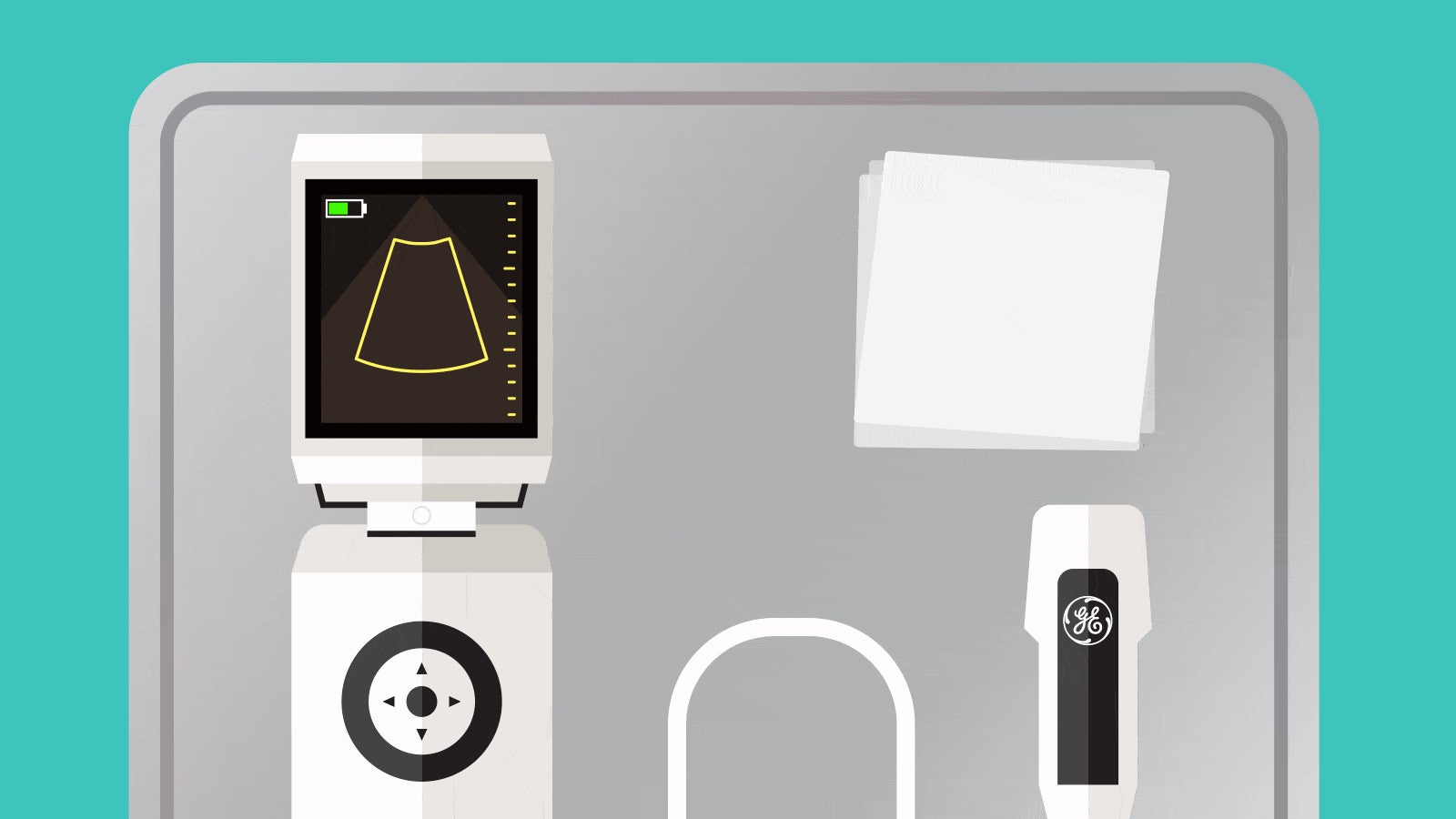SMS texting is helping solve Africa’s health infrastructure problem
The African continent carries 24% of the world’s disease burden, but only spends 1% on health expenditures and houses only 3% of the world’s health workers. That gap in spending typifies the development conundrum facing the region: even as the media reports extensively on the proliferation of innovative mobile tech and commerce in the sub-Saharan, traditional infrastructure and the healthcare system lags far behind.


The African continent carries 24% of the world’s disease burden, but only spends 1% on health expenditures and houses only 3% of the world’s health workers. That gap in spending typifies the development conundrum facing the region: even as the media reports extensively on the proliferation of innovative mobile tech and commerce in the sub-Saharan, traditional infrastructure and the healthcare system lags far behind.
For care professionals, meeting outsized demand requires outsized commitment. Health workers travel long distances and brave poorly maintained shelters, calling on inconstant medical supply chains and weak surveillance tools for the latest data on how best to treat their patients.
Harnessing the potential of Africa’s extensive wireless network just might be the answer. Thanks to the mobile phone’s ubiquity and affordability, the creation of a large sensor network for technologies that lower the cost of quality accessible healthcare is spreading throughout the region. Thus far, the evidence suggests that—at the least—mobile devices and mobile health technology (mHealth) can extend and manage care operations more efficiently than existing methods. But as the body of case research grows, it’s becoming clearer that mobile’s inherent cost-savings and ease of information distribution and data collection could add up to change at a much greater scale.
Yes, the prospective benefits of mHealth are exciting. And the buzz is particularly compelling for lower- and middle-income countries like those of sub-Saharan Africa. Expanding basic care to remote, isolated communities and being able to reliably monitor their progress is a massive challenge for economies that lack basic infrastructure. Healthcare facilities take time to build, especially with intermittent power and water scarcity.
But mHealth solutions can be as simple as text-based reminders to patients needing follow-up care. In Rwanda, UNICEF and GE partnered to foster RapidSMS, which helps community health workers and facilities to track the continuum of care for mothers and children using mobile phones. For hard-to-reach populations, those SMS reminders seem to be making a difference. One study examined the impact of texting medical reminders to 38,060 individuals, documenting improvements in stress levels, medicinal compliance, and health symptoms. At the process level, there were fewer failed appointments, and quicker diagnosis and treatment.
Any approach tapping readily available resources is going to be cheaper and easier to implement, and the beauty of mHealth is its capacity to build on mobile money technology rather than rely solely on expensive equipment upgrades. Public partners like the Global Health Finance and Governance Project fund programs that do just that, borrowing mobile finance payment methods to improve the scalability of distributing subsidies for health costs like insurance premiums and care vouchers. But private players can capitalize on the integration as well: Some mobile operators have offered free insurance to high-use mobile consumers.
mHealth can range from simpler solutions to more complex, systemic-level approaches. Some products marry cloud-based data-storage analytics with sensor-laden wearable devices, allowing doctors to monitor the vitals of thousands of patients remotely. Those devices might provide direction to patients on how to self-treat ailments from home, eliminating the need for a doctor’s visit.
In Tanzania, GE is working with the Ifakara Health Institute to provide health workers with portable ultrasound devices that will be used by midwives and nurses to assess the wellbeing of pregnant women in rural areas. And cutting edge research is testing how to extract the data necessary to perform effective blood analysis with only a smartphone attachment, useful to telemedicine or rural treatment.
With the abundance of optimism surrounding mHealth, one might ask: What are the drawbacks? As is typically the case, the financial incentives needed to further mHealth are impermanent. Funding is largely driven by philanthropy, public sources, or public/private partnerships. What’s more, questions around the varied regulatory structure, standards of technological interoperability, and vendor interest remain. Ultimately, user adoption will be key, and crucial to businesses looking to build cooperative and sustainable business models.
Okey Okuzu, an mHealth entrepreneur, in an interview with the Brookings Institution, mentions that, while mobile health is a new paradigm for healthcare management, “The biggest challenge of improving healthcare is not so much technology but more around the human factor.” He notes, “People make medical decisions based on gut and experience. They are struggling to make decisions based on data.”
Familiarizing a region with the shifting parameters of a new paradigm requires trust built through time, cooperation, knowledge, and empowerment. Healthcare focused foundations, like GE, have spent decades cultivating that trust, and thankfully, the prospect of a mobile-empowered healthy citizenry in the sub-Saharan is right around the corner.
This article was produced on behalf of GE by the Quartz marketing team and not by the Quartz editorial staff.